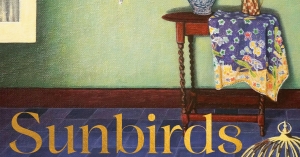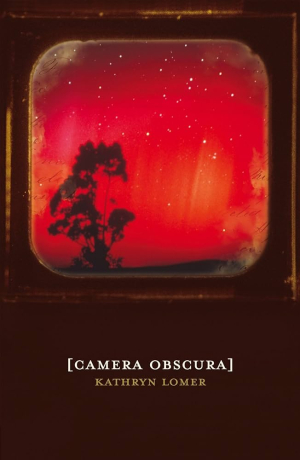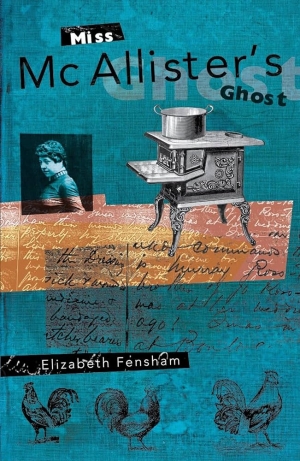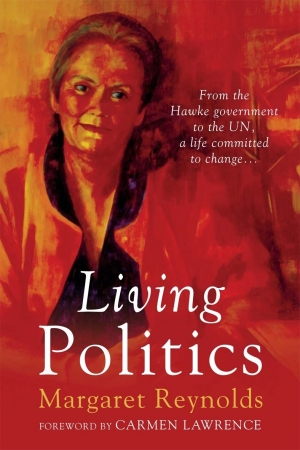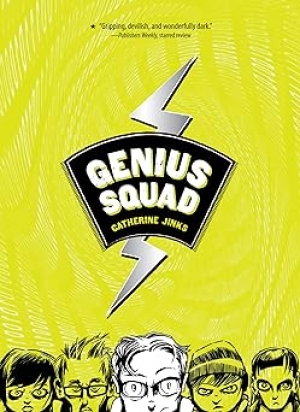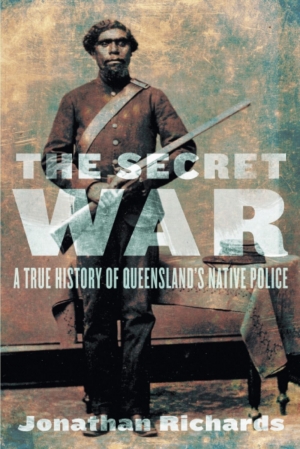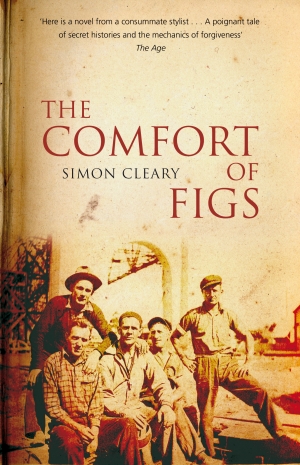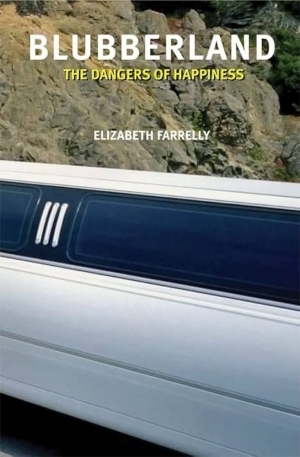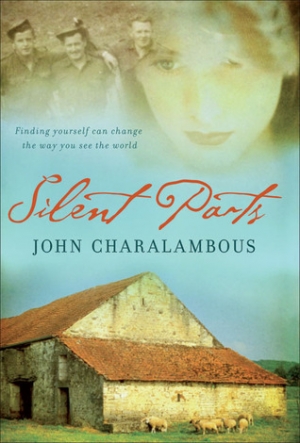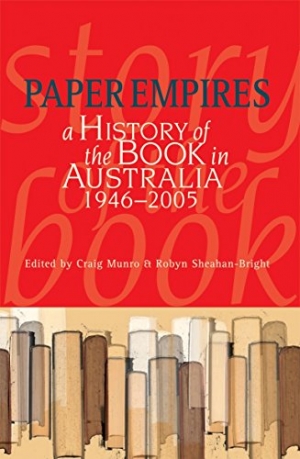UQP
The potential for Australian literature to address the history of colonised people in this country and elsewhere is of great consequence. New perspectives not only rewrite history to include ‘herstory’, but also reconsider what we believe and broaden our view of ourselves as active contributors to our collective and individual past. A spate of recent books has attempted to do this: Anita Heiss’s Bila Yarrudhanggalangdhuray: River of Dreams (2021) and Geraldine Brooks’s Horse (2022) are two that come to mind.
... (read more)Kathryn Lomer’s collection of short stories is ‘show, don’t tell’ storytelling with an emphasis on atmosphere instead of rapid plot movement. The best stories don’t have twists but end with a shift in perspective, a small victory or a solemn realisation. The book’s title is fitting: like the pinhole camera used by artists to isolate a single scene, Lomer’s stories are narrow in both scope and perspective. The stories are imagistic, even cinematic. Descriptions of light feature constantly: sunlight is triangled, louvred; fairy lights hide in vines, candles among food. Answering machines blink red in the dark.
... (read more)Childhood is full of revelatory moments; sometimes shocking instants of understanding that people, events and relationships are not as they seem. They can happen in adulthood too, but those in childhood can have an intensity that makes them deeply formative. They might be subtle eye-openers or life-changing epiphanies, but they all cause a shift in perspective that changes one’s perception of the world. These six new books contain transformative moments for their protagonists, from the realism of family secrets to the fantasy of high-adventure mysteries.
... (read more)Margaret Reynolds was a junior minister in the Hawke government. She began her career in special education, developing a passion for advocacy of the marginalised. Providing effective early childhood education for Aboriginal children in race-bound Townsville in the 1960s took not only idealism but ingenuity and guts. Juggling the needs of a young family with work and political activism, she joined grass-roots organisations such as the anti-war group Save Our Sons, One People of Australia (committed to Aboriginal welfare) and Women’s Electoral Lobby.
... (read more)In the essay ‘Pay Attention to the World’, written shortly before her death in 2004, Susan Sontag argues that fiction is ‘one of the resources we have for helping us to make sense of our lives … [it] educates the heart and the feelings and teaches us how to be in the world’. While Sontag’s insight recognises the power of literature in general, the qualities she identifies are particularly significant in young adult fiction. Genius Squad and At Seventeen are two examples of the ‘rite of passage’ novel, where adolescent characters’ quests for self-discovery illuminate parallel themes in the lives of teenage readers.
... (read more)In Queensland, as in the other Australian colonies in the nineteenth century, European settlers wrested control of the land from its indigenous owners by force and the threat of force. All colonies used police for this purpose, but Queensland went further than any other in creating a police corps specifically for the subjugation and dispossession of the Aborigines. Queensland’s Native Police comprised small units of indigenous troopers, commanded by European officers. These were moved around the colony to wherever on the leading edges of European expansion the Aborigines were most ‘troublesome’. Their tactics were simple and brutal. Whether the targets were entire Aboriginal groups or individual suspects, their standard strategy was lethal force in engagements that were known euphemistically as ‘dispersals’.
... (read more)In 2005 Simon Cleary was shortlisted for the Queensland Premier’s Award for the best manuscript of an emerging Queensland author, and here it is, every bit as fresh and lyrical as the report promised. It is one of those novels that works by close-up focus on substantiating detail, leaving the main contours of the plot to emerge as they will; like a bridge, perhaps, calling attention to its line and form and even its usefulness. It takes a more careful eye to appreciate the development and assembly and the structural stresses – its very strength.
... (read more)In this fascinating and irritating book, Elizabeth Farrelly hits out at almost everything about the modern world. She is an architect, and urban sprawl and ugly buildings are her bêtes noires, though obesity, kitsch and fakery also attract her coruscating attention.
Blubberland is a curious mixture of diatribe and philosophical treatise on cultural theory. Farrelly makes many good points: tight-knit cities, for example, are more energy-efficient than sprawling suburbs, and the ‘sea-change’ fad destroys beauty spots with little increase in happiness. She wonders ‘[w]hy we demand a built lifestyle whose habitual over-indulgence is, by even the standards of our parents’ generation, extraordinary? … Why these houses, and the suburbs full of them, are so ugly? Is it an aesthetic or a moral repugnance?
... (read more)Australian novels about World War I are typically tales of youth sacrificed and innocence destroyed in foreign lands for the Commonwealth. A good example is David Malouf’s coming-of-age novella, Fly Away Peter (1981). Nation and character matured simultaneously in the necessary baptism of fire. From the outset, John Charalambous’s second novel, Silent Parts, proves itself to be atypical and complex, with a forty-something anti-hero caught up in the not-so-Great War.
... (read more)This eagerly awaited volume is the last in a trilogy which will recount the history of the book in Australia. The first volume, which will cover the years to 1890, is in preparation. Volume Two, A History of the Book in Australia, 1891–1945: A National Culture in a Colonised Market, edited by Martyn Lyons and John Arnold, was published in 2001.
What is a history of the book? The present volume regrettably does not tell us. We need to consult Volume Two, where Martyn Lyons tells us that it is the history of print culture: ‘The historian of the book is concerned not just with the creative imagination but with all the processes of production, including typesetting, binding, illustration, editing, proofreading, designing, and publishing.’ In addition to the history of book production, the history of print culture encompasses distribution and reception, which involves bookshops and booksellers, libraries and librarians, and, by no means least, readers. The promotion of reading and its hindrance (censorship and other factors) are important topics. It is a broad canvas.
... (read more)
